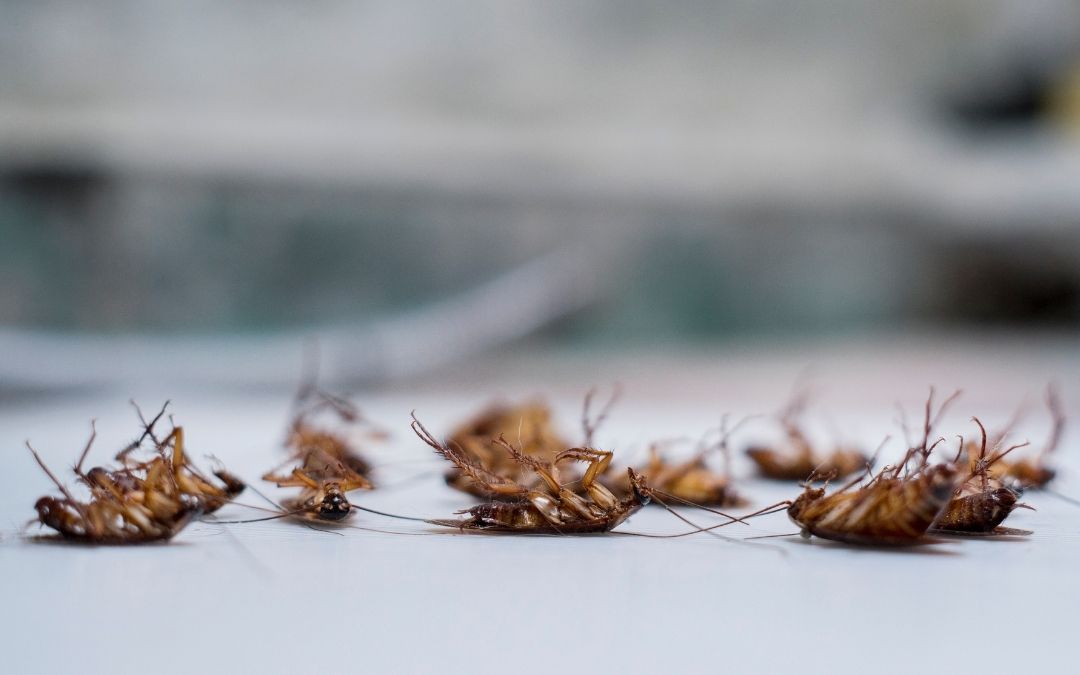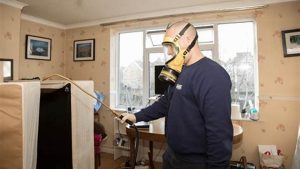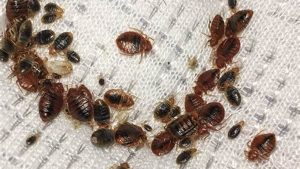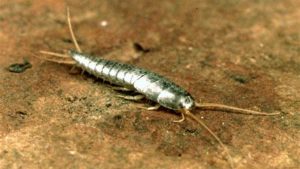Bed bugs are notorious for their resilience and ability to survive in various conditions. If you’ve recently had your home treated for these pests, you might be wondering, “How long do bed bugs live after spraying?” Let’s dive into the factors that influence their survival and what you can expect post-treatment.
Factors Affecting Bed Bug Survival After Spraying
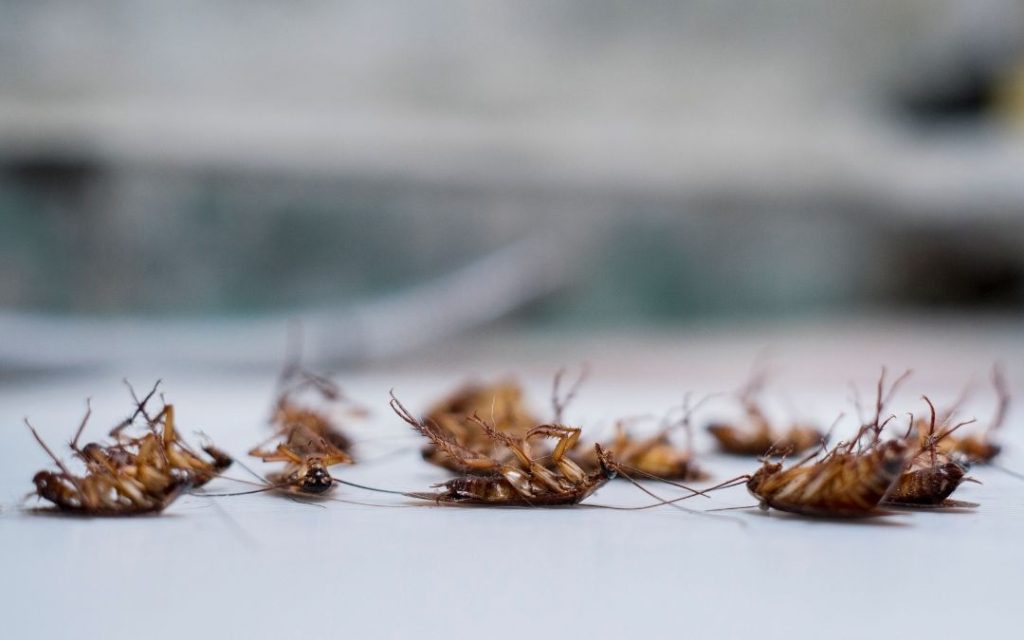
Several factors can affect how long bed bugs live after a treatment. The type of insecticide used plays a significant role. Some chemicals are more effective than others, and their efficacy can vary based on whether the bed bugs were sprayed directly or indirectly. Additionally, environmental conditions like temperature and humidity can influence the survival rate of these pests. For instance, extreme cold or heat can either kill bed bugs quickly or prolong their life span if conditions are less than lethal.
Typical Lifespan of Bed Bugs After Treatment
So, how long do bed bugs live after spraying? The immediate effects of spraying can vary. Some bed bugs may die almost instantly, while others might take a few days to succumb to the chemicals. Generally, if you don’t see any signs of bed bugs or bites within the first three weeks post-treatment, your infestation is likely under control. However, it’s essential to keep in mind that bed bugs can be quite resilient. Under optimal conditions, adult bed bugs can live up to a year without feeding.
Signs of Effective Treatment
After treatment, you should monitor for signs of bed bugs. Initially, you might still see some live bed bugs, but this doesn’t necessarily mean the treatment was ineffective. Look for dead bed bugs, as this indicates the insecticide is working. Also, keep an eye out for any new bites. If you notice a significant decrease in bites and sightings within a few weeks, the treatment is likely effective.
Potential for Reinfestation
Even after a successful treatment, there’s always a risk of reinfestation. Bed bug eggs and nymphs are particularly resilient and might survive the initial spray. These can hatch and mature, leading to a new wave of infestation if not properly managed. This is why follow-up treatments are often recommended to ensure all life stages of bed bugs are eradicated.
Additional Measures to Ensure Elimination
To maximize the effectiveness of your treatment, consider complementary non-chemical methods. Heat treatments, for instance, can be highly effective as bed bugs cannot survive temperatures above 120 degrees Fahrenheit for extended periods. Additionally, ongoing prevention strategies, such as regular vacuuming and washing of bed linens, can help keep bed bugs at bay. Be sure to also inspect and clean surrounding furniture and floorboards to eliminate any hidden pests.
| Category | Details |
|---|---|
| Insecticide Effectiveness | – Drione® and Tempo®: 100% mortality within 72 hours |
– DeltaDust®: >90% mortality after several days
| Life Span | – Adults: 6-12 months |
– Without feeding: Up to 70 days at room temperature
– Dormant state: Up to 1 year
| Life Cycle Stages | – Eggs: Hatch in 5-10 days |
– Nymphs: 5 stages, each requiring a blood meal to molt
– Adults: Capable of reproduction
| Mortality Timeline After Spraying | – First 24-48 hours: Significant reduction in live bed bugs |
– First week: Continued decline
– Three weeks: Noticeable reduction if treatment effective
| Factors Affecting Survival | – Insecticide resistance |
– Life cycle stage (eggs are more resilient)
– Hidden or hard-to-reach locations
| Signs of Successful Treatment | – Decrease in live bed bug sightings |
– Reduction in bites
– Presence of dead bed bugs
| Potential for Dormancy and Resurgence | – Dormancy: Can survive without feeding for months |
– Trigger conditions: Warm temperatures, presence of a host
| Follow-up Treatments | – Recommended within 7-10 days to catch newly hatched bugs |
– Continuous monitoring advised
| Feeding Behavior | – Active at night, attracted to CO2 and body heat |
– Can travel many yards to reach host
| Reproduction | – Females lay 1-7 eggs per day, up to 3500 in a lifetime |
– Eggs can lie dormant if conditions are not ideal
Conclusion
In summary, the survival of bed bugs after spraying depends on various factors, including the type of insecticide used and environmental conditions. While some bed bugs may die immediately, others might take days or even weeks. Monitoring for signs of bed bugs and taking additional preventive measures can help ensure these pests are fully eradicated.
Remember, professional pest control services can provide customized treatment plans to address your specific situation and help keep your home bed bug-free.By understanding the factors that influence bed bug survival and taking proactive steps, you can effectively manage and eliminate these persistent pests.
